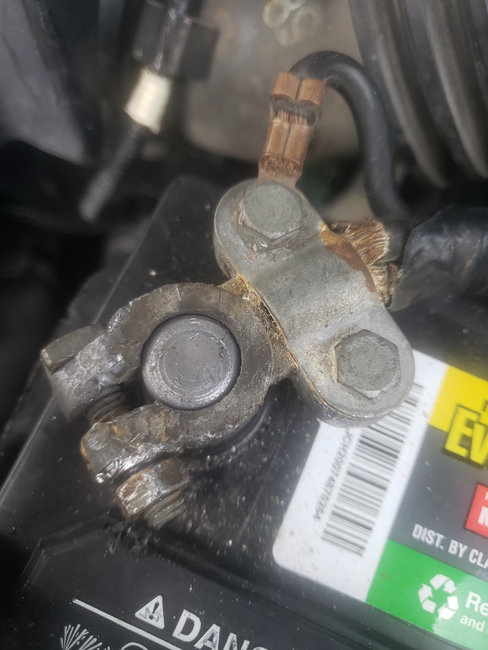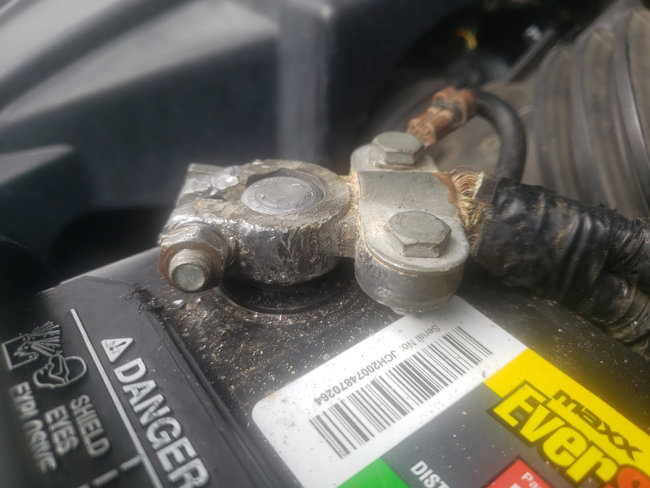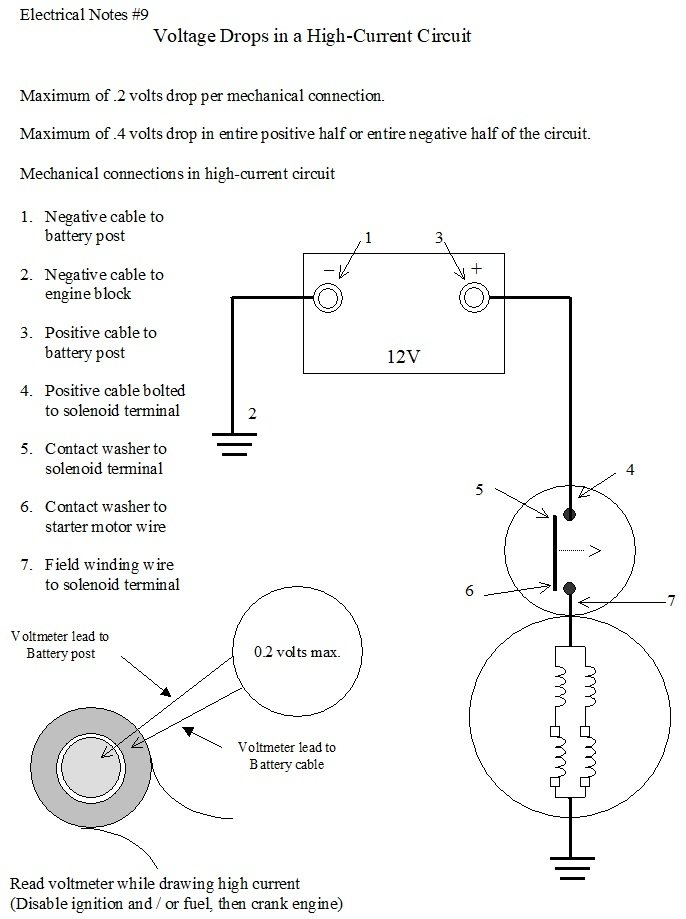Standard and Echlin are well-known aftermarket name brands. I attended a seminar where a Standard representative explained their process of reverse engineering original parts to learn why they fail, and how to redesign them better and to address common issues.
I'm cheap, ... Ah, ... I mean "frugal", so I look for the least expensive as long as the quality is sufficient. Very often the aftermarket manufacturers address common problems with the original parts into their designs, so you could get a better part for less money. It is also not uncommon to find a manufacturer's original part has been reboxed, rebranded, and sold under a different name, also at a lower cost. Chrysler fuel pumps are a good example of that. Napa and Chrysler both buy their fuel pumps from Carter, so they're the same part with different brand names. Parts through the dealer will almost always cost more because they pass through more hands on their way to you, and at every stop, the cost goes up a little. Also, parts coming through the dealer usually also go through more rigorous testing. All of that adds to the cost. When the dealer sells you a cable, they likely had to order that one part. When Napa or Auto Zone buys their parts from their suppliers, they buy them in huge quantities to get the better prices, then distribute them to their stores.
Along these lines, improving a weak point in the design costs the aftermarket manufacturer very little, so it's in everyone's interest for them to do that. When the car manufacturer has to go through a redesign, the costs add up at every stage of the design and manufacturing process. As an example, in the mid '70s, a Ford engineer figured out grease fittings cost them about five cents each, and they could save 20 cents per car if they left four of them off on tie rod ends and ball joints. That could translate into two or three dollars on the final retail cost of the car. Once all the failures had developed a well-known history, it only cost that five cents per part for Moog and other aftermarket manufacturers to put grease fittings back on those parts. This is a perfect example of where the less-expensive aftermarket part was hugely superior to the originals, but cost less.
Sometimes you can find a better value with a used part from a salvage yard, but this is not usually true with battery cables. My experience has been those that I find are just as worn or deteriorated as the one I'm replacing. Other than a little vibration, the only "wear" battery cables see is the corrosion caused by two different metals, (lead and copper or aluminum), and an acid, (road salt and the condensed fumes venting from the battery). Two different metals and an acid produces "galvanic action", similar to what takes place in batteries, or in this case, corrosion. Now add to that, a used cable that has been sitting in the open with rain and snow falling on it, and that corrosion becomes even worse. This is one place where I would bite the bullet and buy a new cable.
Some of the replacement cables are less expensive because they are of a more universal design. In this case, you buy one of the correct length and the correct size clamp, (positive is larger in diameter), then the smaller second wire may have a universal crimp-type splice connector. You reuse part of that original smaller wire. These work fine with only a little extra work. If you want the exact bolt-on replacement, you'll pay more for those cables, and often they're a special-order item.
Keep in mind what you have now might only be half a cable, with half of the copper strands corroded off. That means even the cheapest replacement cable you can find will do a better job of what you have now. That brings me to my final comment of value. That's the new cable's diameter, or gauge. If you see "6 volt" cables available, you don't want those. They have to be twice the diameter to carry twice the current to deliver the same power. Bumping the electrical system up to 12 volts means we need half the current to do the same work, and that means a smaller-diameter cable is sufficient. The rule here is don't buy anything of a smaller diameter than the original cable, and it won't hurt to go up one size. Anything fatter than that is just spending more money unnecessarily. A better plan is to save the extra cost of a fatter cable and spend that money on a quality battery post cleaner. I've had some with a metal scraper blade that reshapes the posts and the holes in the cables, and I've had the round wire brushes that you rotate on the parts. Both work well. Be sure to shine up the posts and new cable clamps. Don't pound the clamps onto the posts as that can break the posts under the battery's cover, leading to early failure.
Now that I mentioned that, I should also point out that import vehicles seem to always come with the bare minimum cable diameter to do the job, and with stamped steel clamps that leave a lot of room for improvement. Consider going a little fatter with the new cables, and try to get them with lead clamps.
Speaking of battery failures, don't waste your money on battery terminal sprays or "juicy rings" that ward off corrosion. While at the dealership, I found that almost without exception, if there was no corrosion growing on the terminals, there was no need for terminal treatments, and if there was corrosion that looked like cauliflower, that battery was positively going to fail within six months, and no treatments were going to prevent that. As all batteries age, the lead gradually flakes off the plates and collects in the bottom of the case. Once that lead builds up high enough, that cell becomes shorted and the battery must be replaced. Before that happens, there is so much lead flaked off that the plates become electrically smaller and smaller. The charging system is designed for a certain size battery. Now that it's smaller, but with the same amount of current flowing through the plates, they tend to get hotter, both while recharging and while discharging to start the engine. That heat transfers into the acid which bubbles much harder than normal. Those bubbles float to the top where they pop right under the bottom of the top cover, leaving liquid acid there. That acid is what migrates out between the cover and the posts, leading to that excessive corrosion. Even if you clean off that corrosion, the original cause is still that the battery has lost too much of the lead pressed into the plates, and is going to fail soon.
Add to that, the lead flakes off faster in hot weather, but the failure doesn't show up until the weather turns cold. Engine oil becomes thicker in cold weather, so the engine is harder to turn. The result is the starter requires much higher current, and, ... The battery, being a chemical reaction that slows down in colder temperatures, is less able to deliver that current. All of these factors combine to cause most battery failures in winter.
When a starter motor is loaded down harder by cold, thick engine oil, and it draws higher current as a result, is a story for another day. That involves some basic electrical theory as it relates to generators and motors.
Tuesday, September 6th, 2022 AT 3:21 PM





